|
How hip is your zip? Time Out recently released its sixth annual ranking of the coolest neighborhoods in the world. The publication polled over 12,000 people to compile a shortlist, then worked with city editors and local experts to narrow the selections down, creating a final ranking by considering factors like community and social ventures, access to open and green spaces, and bustling street life. “What stands out with this year’s [coolest neighborhoods] is that, while most of them have seen transformation over recent years, they remain resolutely local-at-heart,” Grace Beard, travel editor for the outlet, said in a statement. “Exciting new openings across culture, food and drink are bringing in new crowds, but neighborhood stalwarts — from old pubs to family greengrocers — keep it real. And they’re fun! These are places where the city comes to play, be it an all-night party, a spot of urban fishing or a nighttime bike ride,” she continued. “After a few tumultuous years, it’s heartening to see communities coming together to hang out, support local businesses, and have some fun.” Six out of the seven continents are represented (maybe next year, Antarctica), and all of the top 10 spots are located in different countries. Only one U.S. city made that cut, but several others earned a spot lower down on the list. The overall winner? Laureles, a culturally rich barrio located in Medellín, Colombia. Scroll below to see the 10 coolest neighborhoods — and perhaps start planning your next vacation. Laureles Medellín, Colombia Although it has “a pretty laid-back reputation,” per Time Out, Laureles is home to a thriving nightlife scene and hopping concert venue/soccer stadium. The neighborhood boasts stunning views of the Andes mountain range as well as ample parks and outdoor spaces. Take a look at this guide to living like a local in Laureles. Smithfield Dublin, Ireland One of Dublin’s oldest neighborhoods, Smithfield, comes in at No. 2. According to VisitDubin.com, the area is a “hipster hangout, where glass and steel apartment buildings overlook the old cobblestones of the central.” It’s also home to the Jameson Distillery, built way back in 1780 and located in Smithtown’s central square. Carabanchel Madrid, Spain Next up is Carabanchel, an artsy neighborhood that has earned the nickname “the Soho of Madrid.” The formerly working-class locale is now home to more than 130 artists spread throughout 40 studios, workshops, and other creative spaces, per the city’s culture and tourism department. Havnen Copenhagen, Denmark Havnen scored the No. 4 ranking in part for its wealth of waterfront activities, including its solar-powered GoBoats and free-to-rent Green Kayaks. The neighborhood is also home to the Royal Danish Theatre and the recently completed Opera Park. Sheung Wan Hong Kong The top-ranked neighborhood in Asia, Sheung Wan offers a mix of antiquity and modernity. Visit its historic temples, then go shopping in its stylish boutiques and grab a bite to eat one of its contemporary restaurants. Learn more about the lively district with Time Out’s complete guide. Brunswick East Melbourne, Australia You’ve heard of Brunswick, but how about Brunswick East? Eclectic and “increasingly cool,” per Time Out, this Melbourne suburb has everything an extrovert could dream of: hip coffee shops, cozy bars, and plenty of live music venues. Even cooler? It also hosts the CERES Community Environment Park, a sustainable space complete with a community vegetable garden, education centers, and more. Mid-City New Orleans, U.S. Representing Louisiana and the U.S. in the top 10, Mid-city is just east of New Orleans’ French Quarter and its vibe is “quirky, unpretentious, and funky,” according to New Orleans & Company. Hit up a po’ boy shop, scope out the colorful houses and centuries-old oak trees, and then cap off your day with a cold one at one of the neighborhood’s microbreweries. Isola Milan, Italy Across the pond in Europe once more, we have No. 6. Per AFAR, Isola is Milan’s “slightly offbeat, somewhat hipster, and completely all-natural neighborhood.” It’s rich with vibrant street art, designer and vintage shopping, a weekly outdoor market, and, of course, delicious food and wine. West Amsterdam, Netherlands Amsterdam West, or just West, is the city’s most densely populated borough, with nearly 145,000 inhabitants, according to AmsterdamSights.com. Highlights of the multicultural district include a “fairytale” church, a daily street market, and the Museum Het Schip — showcasing the famed Amsterdam School style of architecture. Tomigaya Tokyo, Japan
Rounding out the top 10 is Tomigaya in Tokyo. Close to Shibuya — a major commercial district and home to what’s often referred to as the world’s busiest pedestrian crossing — Tomigaya is a quieter, more residential neighborhood. Full of cute cafes, local grocers, and mom-and-pop shops, it offers a more calm and collected pace while still being adjacent to all the action. Interested in visiting? Here are 26 things to do there. Check out the complete ranking of the world’s 40 coolest neighborhoods here. One-third of the world’s population can’t see the starry band of light in the night sky that makes up the Milky Way (above). The new show “Lights Out: Recovering Our Night Sky” at the National Museum of Natural History looks at the devastating impacts of artificial light. A new Smithsonian exhibition delves into the issue of light pollution, with easy solutions offering an immediate change. Gazing upward into the night sky, the Greeks recognized a human figure in the stars. They dubbed him Orion, and the hunter’s story has persisted for thousands of years. The Egyptians regarded the same group of stars as the place where the soul of a god—Osiris—found eternal rest. The Arabs interpreted the starry figure as a giant. In India, the constellation was seen as a king who’d been shot by an arrow. To America’s Ojibwe people, the celestial figure is Biboonkeonini the Wintermaker, who, they know by tracking movements of the stars, becomes most prominent during the coldest season of the year. “The night sky belongs to everybody—this is humanity’s common heritage,” says Stephen Loring, an archaeologist with the Smithsonian’s National Museum of Natural History. “Everybody all around the world has some kind of story about the night sky.” Celestial beauty is something sacred that is shared across human cultures around the globe, he says. But today the connections that have always tethered humanity to the same night sky are disappearing behind the ubiquitous brightness of artificial lights. Glow from buildings, parking lots, roadways, billboards, landscape lighting and countless other sources blots out the stars over a surprisingly large part of the planet and disrupts the lifecycles of birds, insects and other creatures. One-third of the world’s population can’t see the starry band of light in the night sky that makes up the Milky Way—the vast spiraled arms of our own galaxy. The stunning array is now rendered invisible for some 60 percent of Europeans and almost 80 percent of North Americans. And as light pollution literally makes the darkness disappear, all types of plants and animals, accustomed to cycles of night and day for millions of years, are being dramatically affected in ways both obvious and unknown. Just as a bright light coming into a bedroom window might interrupt the sleep of any one of us, darkness is a foundational need of untold floral and animal species; artificial light impedes their ability to rest, feed and reproduce. Our night sky and the global impacts of its disappearance due to light pollution are now the focus of a new 4,340-square-foot exhibition, “Lights Out: Recovering Our Night Sky,” on view at the Natural History Museum through December 2025. Fortunately, as the show makes clear, the solutions to recovering our night sky are known, are cost-effective and can often be implemented quickly—almost like flipping a switch. Artificial light has been viewed as an example of progress in an increasingly anthropogenic world. Lights have allowed us to capture many more hours for work and play. They’ve driven economic growth and social connections. They’ve made us feel safe. Turning out the lights seems unthinkable; yet a lack of thought has produced enormous amounts of unnecessary and misdirected lighting. Examine a satellite image of Earth from space and the amount of nighttime light that humans produce is obvious and astonishing. Glowing lights beam out from across the globe, wherever people congregate. Dark pockets where natural night is experienced are becoming the exception, found in the far north, Antarctica, and the deep interiors of the Amazon and Sahara. Yet on the ground the problem often goes unnoticed; the change is a relatively recent phenomenon. Cities began to adopt electric lighting in the 1870s, but only in recent decades has the proliferation of very cheap artificial lighting, particularly LED bulbs, truly set the skies aglow. In 2016, researchers produced a “World Atlas of Artificial Night Sky Brightness” that showed a staggering 80 percent of the world’s population lived under skyglow. In Europe and the United States, fully 99 percent of the public isn’t able to experience the pleasure of gazing at the stars under natural nighttime conditions. A study published in 2021 found that light pollution has increased by at least half over just the past 25 years. The areas living under domes of skyglow, created by artificial lights and reflected off clouds and atmospheric molecules or aerosols, are growing by 2 percent each year, compounding at a rate that is outpacing population growth, meaning we’re also using more light per perso John Barentine, an astronomer with Dark Sky Consulting, previously managed the International Dark Sky Places Program, where he spoke with many city dwellers who got the chance to observe the Milky Way for the first time. The experience for many of them was extremely emotional. “It was rare that I’d talk to somebody who kind of shrugged their shoulders,” he says. “Many described it as a deeply spiritual, even [a] religious experience that I think taps into something that’s deep in our core as human beings.” For the millions who have never had such an experience because they live in and near cities where they’ve been disconnected from the night sky for generations, Barentine suggests that they may not even realize what they’ve lost. “How do you get people to care about something that they don’t have access to, and they may never have had access to?” he asks. But the loss of the night sky goes far beyond human enjoyment of a starry sky. Most species are guided by a circadian rhythm, an internal clock attuned to light and dark that governs cycles of activity and rest. Scientists are working to uncover the many ways in which artificial light and a lack of darkness can harm the planet’s living things. Birds, for example, are paying a heavy price. Each year millions of migrating birds, traveling through the cool, less turbulent night air, are killed when artificial lights in urban buildings throw them off a course that is steered by the moon and stars. Attracted by the lights, confused birds crash into buildings or exhaust themselves trying to find their way. “We’re talking about billions of birds dying,” says Loring. The easy solution, he adds, is to just turn off those lights. “They don’t have to be on all night long.” Some cities in migratory pathways are doing just that; Philadelphia, Chicago, San Francisco and other areas are periodically reducing lighting during key migration periods—and these “Lights Out” initiatives have caused bird deaths to drop dramatically.  Attracted by lights, billions of migratory birds are dying, says curator Stephen Loring (above: 20 dead specimens from the museum's collections are on view; they were collected by a group of local Washington, D.C. volunteers, who scour city sidewalks in the early mornings to collect injured or dead birds during the migratory season). NMNH Unnatural light can also hinder reproductive cycles, which have evolved to coincide with seasonal light changes. For example, tammar wallabies living near urban areas in Western Australia reproduce a month later than others, and these kinds of changes might threaten species when the timings of births no longer match the supplies of food. Marine species, too, can suffer from bright skies. Studies show that light pollution throws off coral reproduction, because the natural light cycles of day and night along with the moon phases are necessary for the synchronized spawning process that leads to the release of eggs and sperm. While we tend to think of plants as light-lovers, the biological need for darkness is crucial to their existence. Artificial light stresses plants, including trees, by driving excess photosynthesis, and altering the timing of budding and leaf dropping. Some flowering plants only open at night, when they attract nocturnal pollinators like bats and insects—if they aren’t lured away by lights. More than 500 species, including bananas and mangoes, are pollinated by bats, and these critical plants are at risk when light disrupts nocturnal movement of their pollinators. Insects are famously attracted to light bulbs, where they may die from exhausted flittering or be picked off by predators. Worldwide, insects are being decimated in diversity and in numbers. This stems from many factors, but light pollution is likely among them, as more than half of all insects are nocturnal. Some insects, like the cabbage moth, not only live at night but also reproduce exclusively in the dark. Studies show that artificial light interrupts the female moth’s ability to produce pheromones that attract mates, thus stymying the insect’s once-in-a-lifetime shot at reproduction. Humans, too, can suffer from the proliferation of artificial light. Darkness triggers the production of the hormone melatonin, which helps us sleep, and exposure to even dim artificial lights can block melatonin production. This can cost us restful sleep, which is bad enough, but studies also show that these disruptions of our own circadian rhythms can be linked to a host of health problems, including depression, obesity, heart conditions and even cancer. Blue light wavelengths produced by today’s ubiquitous LED bulbs, which are increasingly used in outdoor lighting, are especially disruptive to our natural rhythms of rest and activity. Artificial light is also dimming our ability to see beyond our own planet into the vast, limitless possibilities beyond. Astronomers, peering deep into the darkened skies, were among the very first to raise an alarm that our own artificial lights were beginning to blot out the nighttime views.
The Harvard College Observatory, now part of Harvard and the Smithsonian’s Center for Astrophysics in Cambridge, Massachusetts, once housed the largest telescope in North America. As lights multiplied in the surrounding city, the instrument—like other urban observatories—became obsolete. As early as 1958, Lowell Observatory experts became vexed by local lights—and their concerns prompted nearby Flagstaff, Arizona, to enact the world’s first light-pollution ordinance on April 15 of that year. Ordinance No. 440 prohibited the use of certain searchlights within the city limits. Observatories have since been pushed to remote, dark, high-elevation sites, yet their ability to observe invisible light is still a major concern. “Astronomers are losing important access to our understanding of what’s beyond us,” says Kim Arcand, the Chandra visualization scientist and emerging technology lead with the Center for Astrophysics, who co-curated the new show. “That ability to go outside and look up,” she says, “means we can see a part of where we come from, quite literally the iron in our blood and the calcium in our bones, is coming from the previous generation of stars that have exploded long ago.” “There are very good reasons to protect dark skies for astronomy’s sake,” Arcand says, “but it all comes back to those same questions humans have been asking across the millennia: Where do we come from? Why are we here? And where are we going?” There are still quiet, rural spots where the night sky is dark—and these regions are being celebrated. The International Dark-Sky Association recognizes more than 200 Dark Sky Places. Escaping urban areas for these starry refuges inspires people with the wonders of the night sky, but it doesn’t solve the problem. Urban sprawl keeps growing, and light pollution from a bright city impairs views of the sky even to those more than 40 miles away. Experts argue that the night sky does not need to be a tourist destination. Practical solutions for local communities not only save money, but they also recognize that many lights are simply unnecessary. According to the museum, about 30 percent of all the country’s outdoor lighting goes to waste, squandering around $3.5 billion. Unshaded fixtures shine light needlessly into the sky, while others are wasted on low-trafficked roadways and at shopping centers and office parks that don’t need to be continuously lit up all night long. For safety and just for getting around, stark overhead lights can be effectively replaced with less bright lights or more reflective surfaces. Shades can redirect light where it’s needed on the ground and reduce the ubiquitous skyward glow. LED blue lights should be replaced with warmer-colored lights, which are typically strong enough to do the job. Timers and motion-detection lights can limit the lengthy amounts of time that unneeded lights are left to simply blaze away and illuminate nothing at all. “For me there’s something eminently fixable about an issue that we can improve if we just direct our lights the right way, if we just turn off lights when we’re not using them,” Arcand says, noting that real change can occur at the community and even personal levels. “None of these things are hard or trying to take the fun out of life. They are such small things that the individual has some ability to enact change and just fix a very human-made problem.” There’s plenty of proof that these ideas work. In 2017, the U.S. National Park Service used cameras to compare lights in Flagstaff, a leading dark sky city, with comparably sized Cheyenne, Wyoming. Cheyenne, with no dark sky regulations, was 14 times as bright. “Flagstaff has chosen that path and said, ‘We’re going to go dark,’ so it can be done,” Loring says. “And maybe it grows. Maybe cities and towns say, ‘The next time we need to fix the lights, let’s do this.’” “We know what policies are demonstrated to work, there is no technical obstacle, we’re not trying to devise a solution—we know what it is,” Barentine stresses. “Our only barrier to implementing it is convincing enough people that there are good reasons to do this.” Barentine says, in his experience, not everyone is easily convinced to embrace those changes. Some people just cannot fathom how light, which they enjoy for practical, aesthetic and safety reasons, can be a bad thing. “There’s a very deep-seated human psychology that simply makes many of us afraid of the dark,” he says. That’s why efforts to restore the night sky stress using better lighting, not living in the dark. And unlike air or water pollution efforts, which can take many years, cleaning up light pollution can have immediate results. Doing so can help restore the natural darkness to which so many species are attuned—and keep humanity’s connection with the night sky strong. Report this ad“We have been looking up for millennia,” says Arcand, “and it’s given us an amazing amount of art, cultural stories and ideas.” Among those inspired was Dante, whose Inferno ended its epic tour of hell when the author and Virgil escape from the tortures of the underworld to be greeted by a wondrous sight. “Him first, then me—until we came to a round opening Through which I saw some of the beautiful things That come with Heaven. And we walked out To once again catch sight of the stars.” Nobody would suggest that artificial light is making a kind of hell on Earth. But the unnecessary skyglow we create is definitely preventing all too many from enjoying the heavens above.
“Lights Out: Recovering Our Night Sky” is on view through December 2025 at the Smithsonian’s National Museum of Natural History. Source: smithsonianmag.com An illustrated tour of why scientists are finding that sleep matters more than we know.
Source: Reuters Beth Bogdewiecz prefers activity dates. She likes getting to know someone beyond conversation, seeing how they react to stress or crowds to better gauge her interest in the potential match.
The problem is the price. In Denver, where she lives, an hour of climbing or pingpong at a bar with appetizers, ends up being ~2x the cost of a standard drinks date. “There’s always a chance it could turn into more,” she told The Hustle. “On a deeper level, it’s like, ‘Do I want to spend money tonight?'” Bogdewiecz isn’t alone. The recent bout of inflation has impacted nearly every component of dating life — food, drinks, transportation — and has added additional financial pressure to courtship. The Hustle was curious to learn more about the economics of modern dating life, so we recently surveyed ~700 of our readers on the topic. How much do people spend on dates? What do they do? How has inflation impacted dating life? And what broader roles do money play in whom we choose to go out with? A few key findings:
Let’s take a deeper look at the findings. Who are these daters? Among our respondents, six out of 10 reported to have been on the dating scene for three years or less. Likewise, the distribution of date frequency skewed toward the lower end. Three-quarters of our respondents said they went on 10 or fewer dates last year. That may seem low, but some researchers have suggested that finding an ideal partner (if that’s the goal) isn’t about sheer volume. According to the “optimal stopping theory,” daters should reject the first 37% of potential matches to maximize their chances of finding the most ideal partner. Where do people choose to go on all these dates? Overwhelmingly, daters tend to skip the meals and activities and go straight to the bar to meet up for drinks. That said, many respondents suggested drinks were overplayed, citing costs and the routine nature of a drink. Several preferred a walk or a coffee as a first date before they’d be interested in a drink or dinner.
While the movie date was once a staple of dating culture, only 1% of our respondents said they head to the theaters with a date. This echoes broader trends with the evolution of film watching — though the “Netflix and chill” date at home seems to be equally unpopular. The cost of datingSo, how much does all this dating cost the average person? Our average respondent reported spending ~$68 per date — though that average varied wildly across demographics. The differences were the most dramatic across gender lines. The average man who paid for a date reported spending $87 per date, while the average woman who paid for a date reported spending $48. (Our nonbinary responses were not statistically significant enough to include.) Predictably, younger daters (Gen Z and millennials) spend less than the average, while more mature daters — particularly Gen Xers — spend more. As income went up, so too did spending on dates: Those who reported earning $150k+ spent more than twice as much on the average date as those in lower income brackets. But not all dates are created equal. We asked our respondents to share the most expensive date they’ve ever been on. On average, the total came in at $492. They included:
Who pays for all these dates? Our respondents adhered to traditional gender norms: 83% of men reported usually paying for dates, compared to 5% of women, although nearly half of female respondents said they typically split the bill. For both men and women alike, finances seem to play a central role in dating:
In recent times, inflation has made many daters even more hyper-vigilant about money. How has inflation affected dating life? In our survey, 85% of daters said that inflation has made dating noticeably more expensive over the past year. Among the respondents was Rahm Shoshana, a senior at the University of Illinois Chicago with a limited income. Shoshana has been in a long-distance relationship for nearly a year and said he and his boyfriend have cut back on visits because of higher prices for gasoline and Amtrak. When they’re together, they’ve stopped going out to restaurants and movie theaters and opted for grocery shopping dates and Netflix. “That is what it is and what it will probably have to be for a very long time for us,” Shoshana said. Inflation has impacted nearly every component of dating life — especially food, drinks, entertainment, and transportation. Michael Beale, a Gen Zer, has noticed the price of cocktails — an important component of “Dating 101,” he said — have increased from $12 to $14 where he lives in Connecticut. But he’s still going on dates with his girlfriend, less concerned by inflation because he recently started a higher-paying job. At the end of the day, dating seems to be mostly price inelastic — that is, habits tend to stay the same regardless of increases in price: 63% of respondents said inflation hasn’t caused them to go on fewer dates. And though inflation has made things a bit more challenging for the daters in our survey, only 3% reported that they have walked out and left a date with the tab. Source: The Hustle On social media, separating fact from fiction isn’t always easy. Use these tips to help cut through the noise.
During the early days of the coronavirus pandemic, the World Health Organization identified another troubling outbreak: a massive “infodemic,” defined as an overabundance of information that makes it difficult for people to find trustworthy, reliable guidance when they need it most. While some of the information in our social-media ecosystem is verifiably true, plenty of it is not. Unfortunately, research shows that lies tend to spread farther and faster than accurate information, particularly online. Some psychologists suggest that even after misinformation is corrected, we can go on believing it anyway, because our brains have trouble letting it go — a concept known as the “continued influence effect.” Although misinformation may primarily spread on digital platforms, it has real-world consequences. Researchers estimate that between January and March 2020, nearly 6,000 people around the globe were hospitalized because of coronavirus misinformation: Whether they had believed that the virus was no worse than the flu or that it could be cured by gargling vinegar or drinking bleach, exposure to rumors and conspiracy theories had a direct effect on their health. We’re also contending with disinformation, which is different from misinformation in its intent. If you share an inaccurate article on Facebook without knowing that it’s false, you’re spreading misinformation. Disinformation, on the other hand, means knowingly spreading falsehoods, often with the intent of manipulating a public narrative or influencing politics. To make matters more complicated, this monster has a third head. Some researchers call it “gray-area misinformation,” and bad actors are using it to outsmart recent efforts by social-media platforms to crack down on falsehoods. Gray-area misinformation isn’t outright untrue — which means it’s harder to moderate — but it gets shared in a way that drives a misleading narrative. Take the example of the U.S. women’s soccer team and their final pre-Olympic match on July 5, 2021. Before the game, World War II veteran Pete DuPré performed the national anthem on his harmonica, and during his performance, some of the players turned to face the American flag at one end of the field. Posts to a Facebook page called Hold the Line mischaracterized the players’ actions, stating that they “turned their backs” on DuPré in a “DISGRACE TO AMERICA!” Similar posts proliferated on Facebook and Twitter, referring to the team as “shameful” and “disrespectful,” with some posters calling for their disqualification from the 2021 Olympics in Tokyo. The story itself is true — some players did turn to face the American flag, in accordance with national-anthem etiquette recommended for civilians; the implication that they did so as a gesture of disrespect toward DuPré is false. In the end, the age of social media means that anyone can have a platform, which means anyone has the ability to amplify content. That’s a tremendous responsibility, and learning to be more cognizant of what we’re reading and sharing online is one way to be part of the solution to our misinformation problem. The next time you come across a post that doesn’t seem quite right, take a moment to ask yourself some of these questions, which can help you learn to spot misinformation in the wild. 1. Who said it? If possible, you should always try to trace information back to its source. Then, ask yourself some questions: Who are they? Who do they work for? What’s their goal in sharing this? What about their expertise? Thinking critically about these things can help you identify whether a source is trustworthy, or if they have an ulterior motive. Often, simply figuring out who’s behind the post can help you know whether to take it seriously. The Center for Countering Digital Hate has identified that a group of just 12 anti-vaccine activists are responsible for almost two-thirds of anti-vaccine content on social media. The “Disinformation Dozen” have massive social-media followings, which they’ve used to cast doubt on the safety of coronavirus vaccines. If the post itself doesn’t offer many clues about the source, see if you can trace the claims to a news article or another website. Then, consider whether that site is a reliable source of information: Who’s behind the project? Does the article link to primary or secondary sources? Is it riddled with spelling errors or biased language? Can you verify the information elsewhere? Depending on what you’re reading about, you may have to look at several different sources to get a sense of the whole picture. Whatever you do, don’t just read a headline and assume you get the gist. Also, be mindful of satirical news sites, many of which mimic the tone and appearance of actual news — research has shown that many Americans have trouble differentiating one from the other. 2. What’s the evidence? If the post makes a particular claim — for example, that eating carrots will make your hair fall out — try to evaluate whether you see enough evidence to support that claim. Does the post link to a study or a news article with more information? Don’t believe it just because your neighbor says that her brother used to love carrots until he went bald. That’s called anecdotal evidence, and it’s usually not reliable, especially if it’s not supported by other forms of scientific data. Considering the evidence is especially important in this age of social media, when it’s easy for anyone with Photoshop to create a meme with a misleading statistic or two. Don’t believe every meme you see — they’re usually intended for laughs or virality, not for sharing important, reliable info. 3. Does it confirm a belief you already hold? Humans are wired to seek out content that reinforces our beliefs, a principle known as confirmation bias. “You notice the things you agree with,” media psychologist Pamela Rutledge, PhD, told Experience Life in 2020. “You share them because you’re reassuring yourself that your way is the right way.” In psychology, confirmation bias is sometimes called “selective collection of evidence,” because we tend to hold on to information that supports our beliefs and reject the evidence we don’t like. One way to counter this is to make a conscious effort to diversify your media diet, including information from outlets outside of your usual bubble. 4. Does it appeal to your emotions? Misinformation often plays on our feelings to circumvent our critical thinking. The next time you see a headline that is especially emotionally resonant — whether it makes you feel angry, or scared, or excited, or sad — consider that it’s likely an attempt to grab your attention or to get you to share without thinking. One example of this is #SaveTheChildren, which went viral in August 2020. At first glance, many of these posts may have seemed emotionally resonant or even morally righteous — the movement purported to be about raising awareness around child sex trafficking. But lurking behind the hashtag? QAnon, a baseless conspiracy theory leveraging false statistics and emotional appeals about child sex trafficking in order to draw unwitting social-media users into their broader movement. 5. Is it hateful? Plenty of people tweet angry, but if you’re seeing posts that seem especially cruel or violent — particularly if they target marginalized groups — consider that a red flag. Extremists often use social media to spread disinformation, conspiracy theories, and hate speech, and they’re often rewarded with increased exposure and new followers. Some evidence suggests that social-media algorithms also amplify harmful or hateful content — because polarizing posts are more likely to go viral. Some of these algorithms drive users toward more extremist content by recommending more violent or hateful posts, a concept dubbed “algorithmic radicalization.” 6. Is it too soon? Social media tends to move faster than traditional media. Immediately in the aftermath of a tragic event or a novel discovery — like the coronavirus — falsehoods often pour in to fill the void left by experts and organizations who are hesitant to make immediate clear, declarative statements. If you’re reading a post about a developing topic with lots of unanswered questions, take a beat. Check out WNYC Studios’ Breaking News Consumer’s Handbook for more guidance on how to interpret breaking news. 7. Is it already viral? Fake news is more likely to go viral than a true story, no matter the subject — though, unsurprisingly, false statements about politics frequently perform best. “Whereas the truth rarely diffused to more than 1,000 people, the top 1 percent of false-news cascades routinely diffused to between 1,000 and 100,000 people,” the authors wrote. They concluded that a false story reaches 1,500 people about six times faster, on average, than it would take for a true story to reach the same number of people. Source: Experience Life by Life Time We all know competent leadership means more than tasking 'to do's'. Tasking, of course, isn't leading, and it may not even be managing, but for our purposes, we'll call it 'management'.
We all know competent leadership means more than tasking 'to do's'. Tasking, of course, isn't leading, and it may not even be managing, but for our purposes, we'll call it 'management'. Management generally leads to an assessment of outcomes: “acceptable” or “unfavorable;” “compliant” or “noncompliant.” The best possible outcome in this scenario is the delivery of the requested action. Simply “getting the job done” doesn't create excellence. The world’s greatest leaders all intuitively understand that the key to great leadership is not demanding compliance, but crafting an environment that acknowledges the complex relationship to our humanness, aspirations, identity, and desire for community. Look at Cynthia Marshall of the Mavs and Satya Nadella over at Microsoft. These leaders are cultural architects. Culture is a management system. Most managers focus on KPIs and measurement; making sure people hit their numbers. These are important and valid objectives. Leaders who use culture as a management system, however, focus on designing meaning, which is a fundamental building block of culture and the key to influence and impact. Great leaders focus on shaping beliefs and mindsets, articulating principles that lead to clarity, and inspiring and encouraging people to think beyond the task at hand - this is the roadmap to greatness. Designing culture is designing influence because it fundamentally impacts how people think about work, their connection to the organization’s purpose, and their identity. The old way of thinking was that good cultures make happier employees who score higher on engagement surveys. The world has moved way past that, and measuring ‘engagement’ isn’t even the point. It’s crafting environments where people feel valued and empowered to get meaningful work done, and culture is the vehicle for getting there. While it’s easy to get caught up in chasing reservations at the buzziest new cocktail destinations, there’s something to be said for bars that can stand the test of time. These American bars especially — with the oldest establishment on the list dating all the way back to 1673 — are tried and true.
Most of these establishments have persisted through decades — and in some cases, centuries — thanks to their dedication to sticking to what works. Rather than rebranding to sound more trendy, most of these bars’ names still unironically boast terms like “saloon,” “pirate”, and “olde” with astounding frequency. Instead of newfangled cocktails and natural wine, these places mostly persist on foamy beers and straight whiskey. And forget about modern interior design: Most of these spots are scattered with bizarre yet charming memorabilia from their centuries of operation — and that’s why we love them. In many states these bars are widely recognized, and proudly flaunted, as the region’s oldest bar, but in others, the fight for the title can be a bit more controversial. Through centuries of history, including the murky years of prohibition, there are bound to be a few caveats to the oldest bar designations. So to compile this list, we had to make a few judgment calls With that, let’s take a step back through time and explore the oldest bar in every U.S. state. Alabama: The Peerless Saloon (1899)Who exactly holds the title of Alabama’s oldest bar is actually a bit controversial. While T.P. Crockmeirs claims to be the oldest as it was established in 1875, the bar originally opened in Atlanta, Ga., before moving to Mobile — so some believe considering it the oldest in the state isn’t quite accurate. Next in line for the title is The Peerless Saloon, which opened in Anniston, Ala., in 1899. Though not quite as old, the saloon still has incredible historical features, including its large, mirror-backed mahogany bar that was featured in the 1904 St. Louis World’s Fair. Alaska: B&B Bar (1906) This local fishermen’s haunt in Kodiak displays the oldest liquor license in the state, issued in 1906. The rural dive bar features a list of rules, including “know what you want,” “cash only,” “no whining,” and the peculiar “shut up Bruce,” the last of which supposedly targeted one of the establishment’s regulars. Arizona: The Palace Restaurant & Saloon (1877) As the oldest frontier saloon in Arizona, this historic Prescott bar transports visitors back to the Wild West. The bar hosted famous 1870s-era gamblers and gunslingers Wyatt Earp, Virgil Earp, and Doc Holliday as early patrons. The bar was so beloved by locals that even when the Whiskey Row fire destroyed the building in 1900, the patrons carried the hand-carved bartop across the street to safety and continued drinking. The Palace was rebuilt as a hotel, restaurant, and bar that guests can still visit today, where they can see the original 1800s bar that was saved from the fire. Arkansas: Ohio Club (1905) This unassuming bar in Hot Springs was the place to be in the early 1900s. Many famous figures of the time stopped by the bar — including Al Capone and Bugsy Segal — and the spot was frequented by Major League Baseball players during spring training, including Babe Ruth. The bar acted as a speakeasy during Prohibition, changing its name out front to Ohio Cigar Store so it could stay in business. The venue has always embraced live music and still does today by hosting blues and jazz performers. California: The Iron Door Saloon (1852) Though many bars in California try to stake their claim on the crown for oldest bar, the Iron Door Saloon makes the most convincing argument, as it was established in 1852 just outside of Yosemite. It is said to have lasted all of these years, through harsh elements and fires, because of its signature iron doors. Colorado: Buffalo Rose (1859) Buffalo Rose has been the heart of Golden, Colo., since the city’s founding in 1859. The city has evolved around the site of the bar, which has acted as the local watering hope for over 150 years. Though the building has seen some major renovations that have given it a more modern feel, you can sense this bar’s importance and history. Connecticut: Griswold Inn Tap Room (1776) Founded the same year as America itself, this historic bar and inn in Essex, Conn., has been through a lot. During the War of 1812, British forces mounted an attack on this town, where they allegedly marched down Main Street to the Bushnell Tavern (as it was known then) and demanded breakfast before stealing the bar’s rum and burning down the surrounding shops. Luckily, the bar survived and was later renamed the Griswold House, or “The Gris” as locals called it. A visit to this charming bar and inn now will give you real insight into its rich New England history. Delaware: Kelly’s Logan House (1864) Though many sources claim Jessop’s Tavern as the oldest bar in Delaware, as its location was built in 1682, the spot actually served as a cooperage for most of its history, and only started serving booze in the late 1900s. This makes Kelly’s Logan House the oldest functioning bar in the state. This lively Irish spot in Wilmington has been the state’s St. Patrick’s Day destination for over 150 years. District of Columbia: Old Ebbitt Grill (1856) Even though the physical location of the Old Ebbitt Grill has moved several times throughout its history, the legacy of the Ebbitt name has lived through the years. Legend has it that innkeeper William E. Ebbitt bought a boarding house in 1856 with a guest list touting America’s most influential politicians, including President McKinley, Ulysses S. Grant, Andrew Johnson, Grover Cleveland, and Theodore Roosevelt — who all supposedly enjoyed refreshing themselves at the house’s stand-around bar. After Ebbitt’s hopped around D.C. for about a century, it landed in its current location at 675 15th St. in 1983, where it remains a historic landmark. Florida: Palace Saloon (1903) Fernandina Beach, where the Palace Saloon is located, was home to some of the busiest docks in the South in the late 1800s and early 1900s. In its heyday, this bar welcomed travelers from all corners of the globe to enjoy some brews and company. The original bar was designed by Adolphus Bush, founder of Anheuser-Busch, who even ventured from St. Louis to oversee the installation of this famous fixture. Georgia: The Pirate’s House (1753) No, the name of this bar isn’t some modern-day pirate joke — this Savannah spot was actually an old rendezvous spot for sailors and pirates visiting the shore. Even though the building remained intact over the centuries, the business struggled after World War II, and was even slated for demolition. Thankfully, some locals took it upon themselves to restore The Pirate’s House to keep its historic charm. Hawaii: Smith’s Union Bar (1935) Located on Hotel Street, which used to be a popular hub in Honolulu’s red light district, this bar was the main watering hole for sailors and merchants visiting the area. It still remains an admired dive bar today, particularly famous for its karaoke nights. Idaho: White Horse Saloon (1907) The White Horse Saloon is not only the oldest bar in Idaho, but is also located the tallest building in the town of Spirit Lake. The space features the building’s original wood floors and bar, giving it an authentic old-school vibe. The bar is also the leading purveyor of Canadian beers in the Panhandle of Idaho, so it’s a great place to visit next time you’re craving a Moosehead Lager. Illinois: The Village Tavern (1847) Just outside Chicago in Long Grove, Ill., you’ll find The Village Tavern, established in 1847. The large space features an impressive mahogany bar dubbed The President’s Bar, which was rescued from the Great McCormick Place Fire in 1967 and is still in use today. Indiana: Knickerbocker Saloon (1835) The Knickerbocker Saloon takes pride in its history, displaying its liquor license — the first one ever granted in the state — on the wall. The bar’s alleged past patrons include President Grant, Mark Twain, Al Capone, and Neil Armstrong. Iowa: Breitbach’s Country Dining (1852) This classic bar and restaurant based in Balltown, Iowa, has been run by the same family for six generations. It’s so adored by its patrons that when it burned down not once, but twice in 2007 and 2008, people traveled from across the Midwest to help rebuild it so it could live on. Kansas: Hays House (1857) Hays House has a rich history, located on the Sante Fe Trail since the mid-1800s. It once acted as not only a restaurant and bar, but a trading post and gathering space as well. The U.S. government would rent space in the building to hold court and distribute mail, there were theatrical performances on the second floor, and the bartenders would cover up the liquor bottles so church services could be held on Sundays. If you step into the rustic stone basement and see the original Hays House bar, you can imagine Santa Fe Trail travelers saddling up for a few brews. Kentucky: Talbott Tavern (1779) In 1779, before Bardstown became the bourbon capital it is today, the town had just one bourbon bar: the Talbott Tavern. The bar and inn was located at the crossroads of the young West, so it was a hub for those travelers from all directions. Even Abraham Lincoln supposedly stayed the night at the inn when he was 5 years old. There are remnants of the bar’s past littered all over the space, including a dozen or more bullet holes in the plaster of one of the walls — legend has it they were left by Jesse James. Louisiana: Jean Lafitte’s Blacksmith Shop (1772) Built between 1722 and 1732, this site is widely considered the oldest structure in the U.S. to operate as a bar, landing it a spot as a historical landmark. In 1772, the property officially opened, but was also home to some under-the-table business. Legend has it that the bar was used by the Lafitte brothers, Jean and Pierre, as the New Orleans base for their smuggling operations. Even though it was a haunt for pirates and smugglers back in the day, Jean Lafitte’s Blacksmith Shop is a cozy, unassuming pub on Bourbon Street today. Maine: Jameson Tavern (1779) Jameson Tavern in Freeport, Maine, claims to be “the Birthplace of Maine.” And rightly so, as records show that it was the meeting place for many years as the province of Maine was deciding to pursue independence from the Commonwealth of Massachusetts. Commissioners actually signed the final papers that granted Maine its sovereignty as its own state on the second floor of the tavern. Maryland: Middleton Tavern (1750)This Annapolis staple was the after-work hangout spot for the Continental Congress back in its heyday, which means yes, you can visit the same bar where George Washington, Ben Franklin, and Thomas Jefferson knocked back beers and talked politics. Massachusetts: Warren Tavern (1780)This historic tavern in Charlestown, Mass., is another that boasts an impressive guest list. George Washington stopped in from time to time, and the bar was one of Paul Revere’s favorite watering holes. Michigan: Old Tavern Inn (1835) While the Old Tavern Inn in Niles, Mich. is touted as not only the oldest bar, but oldest business still operating its original building, by the state’s travel board, Pure Michigan, there is another establishment that claims the right to this title. The New Hudson Inn states on its website that it was founded in 1831, and it is an official regional landmark. Between the Old Tavern Inn and the New Hudson Inn, we’ll let you decide which sounds the oldest. Minnesota: Neumann’s Bar (1887) In 1887, when the Wisconsin Central Railway was extended to the town that is now known as North St. Paul, Bill Neumann opened Neumann’s Bar to serve Hamm’s beer to the rapidly growing community. The local Hamm’s Brewery actually helped open the business, providing the statement backbar that remains there to this day. During Prohibition, the ground floor of the bar stayed open selling non-alcoholic beverages while the second floor housed a speakeasy. If you go upstairs at the bar today, you can see the keyhole window that allowed the barkeepers to screen their guests. Mississippi: King’s Tavern (1789) If you’re into ghost stories, this is the haunt for you. Rumor has it that the bar’s founder, Richard King, had an illicit affair with one of the bar’s waitresses, Madeline. When Mrs. King caught wind of this betrayal, she allegedly had the server killed, and it wasn’t until the new owner started renovations on the building in the 1930s that people discovered her body along with two others. Some believe her ghost still haunts the bar to this day. Missouri: O’Malley’s Pub (1842) O’Malley’s Pub embodies the true sense of a speakeasy. This bar is hidden about 60 feet underground in the cellar of the Weston Brewing Company, and offers a large, dimly lit space with charming old stone walls to enjoy music and booze. Montana: Bale of Hay Saloon (1863) The Bale of Hay Saloon celebrates its heritage by displaying antique decor and keepsakes, as well as throwing its annual Brothel Days festival to remember the time this bar was definitely more than a bar. While this classic Virginia City watering hole embraces its roots, it’s also known for having a great selection of new local microbrews. Nebraska: Glur’s Tavern (1876) This long-standing bar opened in Columbus, Neb., in 1876, and claims to be the oldest continuously operating tavern west of the Missouri River. Back in the late 1800s and early 1900s, Glur’s was frequented by famous soldier and bison hunter William “Buffalo Bill” Cody. Now, the spot is known for its delicious burgers and rowdy beer garden, complete with a basketball hoop and a volleyball court. Nevada: Genoa Bar (1853) This bar boasts the title of “Nevada’s Oldest Thirst Parlor” on a sign at the entrance. The establishment has seen many celebrities and political figures over the years, including Mark Twain and Theodore Roosevelt. More recently, actress Raquel Welch visited the bar and was asked to contribute her bra to the collection hanging from the ceiling. She obliged, but demanded that all other bras be taken down, so now, you can see her leopard print bra alone gracing the bar. The Genoa Bar’s old-western vibe also makes it a prime location for filming movies and commercials, including “The Shootist” starring John Wayne and “Honky Tonk Man” with Clint Eastwood. New Hampshire: The Hancock Inn (1789) This charming New England tavern and inn on Hancock, N.H.’s Main Street was frequented by Franklin Pierce, the only U.S. president from New Hampshire. Though the inn is temporarily closed until late 2023, it will continue its streak as the oldest bar in the state soon. New Jersey: Barnsboro Inn (1776) On March 19, 1776, before the U.S. even declared independence, John Barnes had his own battle in mind. He petitioned the judges of the Gloucester County Court to license his house as an inn and tavern, which he argued was much needed in the area. The license required that Barnes keep two spare beds for lodgers and provide stables for travelers’ horses. Now, the space just operates as a bar, keeping its focus on the food and drink offerings. New Mexico: El Farol (1835)Even though this hub for flamenco dancing and hatch chile drinks has a rich history, the space definitely has a modern, cool vibe for its age. Maybe all that dancing keeps it young. New York: The Old ‘76 House (1755) Before New York City was the cocktail hub it is today, Old ‘76 House in Tappan, N.Y., was the state’s hottest spot. It served many travelers as well as members of the Continental Army, including George Washington himself. The bar even played an important part in the Revolutionary War, offering a safe space for Americans at that time. The Old ‘76 House is often referred to as “Andre’s Prison,” as the tavern briefly acted as a prison for Britain’s notorious spy, John Andre. North Carolina: Antler’s Bar (1932) The Tavern in Old Salem, built in 1816, long held the title of North Carolina’s oldest bar until it unfortunately shut down in 2019 due to construction issues. This left a crack in the door for Antlers Bar, which opened in 1932, to sneak in and claim the honor. North Dakota: Peacock Alley (1933) Peacock Alley was once a famous bar and hotel. Now, that hotel has now been converted into a senior living residence. Before the hotel closed, the property hosted iconic patrons including JFK and Teddy Roosevelt. That’s not to say the crowd isn’t as fun these days — retirement homes are known to get down. Ohio: Ye Olde Trail Tavern (1827) Another hotspot for paranormal activity, Yellow Springs’ Ye Olde Trail Tavern was built in 1827 and is believed to still be haunted by its original owners. Check it out if you enjoy ghost tours, or if you just want to try their incredible burger. Oklahoma: Eischen’s Bar (1896) Originally opened in 1896 by Peter Eischen, Eischen’s Bar had to shut down soon after due to Prohibition. But shortly after it was repealed, Peter’s son and grandson opened the bar back up, keeping its legacy alive. The bar’s most prized feature is its massive, black bar that was hand-carved in Spain in the early 1800s. It was shipped to California during the Gold Rush, but somehow made its way to Okarche, Okla., in 1950, where it remains today. Eischen’s is also a must-visit fried chicken destination. Oregon: Huber’s (1879) Would you believe me if I told you Oregon’s oldest bar is best known for its… turkey? When Jim Huber took over the Bureau Saloon in 1891, he insisted that every drink come with a free turkey sandwich, and soon, the hub was full of people knocking back brews with one hand and chowing down with the other. The bar’s famous turkey actually helped save it during Prohibition, as the cafe remained popular when it switched to just serving turkey dinners. While the sandwiches are no longer free, guests can still eat Huber’s signature turkey today. Pennsylvania: King George II Inn (1681) The title of oldest bar in Pennsylvania recently changed hands after the Broad Axe Tavern, which also opened in 1861, closed in 2019. Now, it’s the King George Inn’s moment in the sun. In addition to its new status, this establishment claims to be America’s oldest continuously operating inn. Rhode Island: White Horse Tavern (1673) Finally, we’ve made it to what’s widely regarded as the oldest bar in the entire country. The White Horse Tavern was established in Newport in 1673, making it not only the oldest tavern in the U.S., but one of the 10 oldest restaurants in the world. For almost 100 years, the large space was used as the meeting place of the colony’s general assembly, criminal court, and city council. The space oozes colonial history, so this is a must-visit if that’s what you’re into. South Carolina: The Tavern at Rainbow Row (1686) For the longest time, McCrady’s was considered South Carolina’s oldest bar, so when it closed in 2020, there was some confusion in establishing this title’s successor. The jury is still out, but The Tavern at Rainbow Row, an old liquor store and drink parlor that has been serving Charleston since 1686, seems like a good contender. South Dakota: Buffalo Bodega Bar (1877) When Mike Russell arrived by stagecoach in Deadwood, S.D., in 1877, there were already 17 saloons in town, but he felt there was room for one more. Russell named his establishment the Buffalo Bar, after his good friend “Buffalo Bill” Cody, who drank and gambled at the bar frequently. Even though it was new on the scene then, this bar is the last of the many old-school saloons still operating today. Now the Buffalo Bodega Complex serves as a bar, casino, hotel, and steakhouse. Tennessee: Springwater Supper Club (1896)Unsurprisingly, Tennessee’s oldest bar is a hub in Nashville known for its great live music. That said, it’s not the scene you would expect from this famous country music town. The Springwater Supper Club has been described as “the divyest dive bar you’ll find,” and grunge rock takes center stage. Texas: Scholz Garten (1866) Founded by German immigrant and Civil War veteran August Scholz in 1866, the Scholz Garden became a hub for German immigrants in the Austin area. There were also many thirsty politicians roaming the state capital who found themselves drinking beer and eating schnitzel at this historic bar. Today’s politicians are known to stop by there, too, with a recent notable visit from Beto O’Rourke for a campaign speech. Utah: Shooting Star Saloon (1879) The Shooting Star Saloon in Huntsville has a quintessential old-western vibe, decorated with quirky antique decor that’s odd as it is endearing. The ceiling is covered with currency from all over the world with signatures from visiting patrons — at an estimated value of $15,000 — and the bar also features a mounted head of “Buck,” the Guinness Book of World Records holder for largest St. Bernard for more than 20 years. If niche taxidermy isn’t your thing, the saloon’s famous burger still makes it worth the stop. Vermont: Ye Olde Tavern (1790) Ye Olde Tavern lives up to its name. With crooked floors and uneven doorways, this place will transport you straight back to America’s colonial days. The bar’s rich history, including being the site of the town’s first-ever telephone line, landed it a spot on the Vermont Register of Historic Places. Virginia: The Tavern (1779) Back in the day, bars never really just served as bars. These establishments were viewed as common spaces to fit just about any need the town had. For example, the oldest bar in the Commonwealth served as a post office, a hospital for soldiers during the Civil War, and an inn where the likes of Andrew Jackson and King Louis Philippe of France spent the night. Washington: The Brick Saloon (1889) After its opening in 1889, the tavern was rebuilt in 1898 using 45,000 bricks, giving it its name. The neighborhood pub in Roslyn features a lot of original decor to really drive home that old-school vibe, including its original running-water spittoon. West Virginia: North End Tavern & Brewery (1899) Locally known as the NET, the North End Tavern & Brewery is not only the oldest bar in the state, but when it expanded to start producing beer in 1997, it also became the oldest brewery in West Virginia. Wisconsin: The Uptowner (1884) In true Wisconsin fashion, the state’s oldest bar was originally opened by Joseph Schlitz, the German-American brewer behind the beer that made Milwaukee famous. The Uptowner was actually one of 54 “Schlitz taverns” that he founded in order to sell more of his family’s beer. In the 1950s and ‘60s, the bar was known for opening up at 6 a.m. so local factory workers could enjoy a cold beer after a night shift. Wyoming: Miners and Stockmen’s Steakhouse (1862)This bar actually predates Wyoming’s status as a state, which was granted in 1890. Aptly, Miners and Stockmen’s Steakhouse is located in Hartville, one of Wyoming’s oldest incorporated towns with a population of just 62. Source: vinepair We all want to live long, healthy lives. In the early 2000s, a few demographers discovered several areas they claimed produced the highest concentration of healthy 100-year-olds in the world. According to their research, people in these areas were 10 times more likely to reach age 100 than people in the US. While some aspects of their work are speculative and partly outdated, their five so-called Blue Zones provide inspiration for developing a healthy lifestyle anywhere in the world. So what are the five zones, and what are the nine common denominators making them so healthy? The Blue Zones Ogliastra, Sardinia, Italy
Ikaria, Greece
Okinawa, Japan
Loma Linda, California, USA
Nicoya, Costa Rica
|
AuthorContent gathered & updated by the Bergen Review Media team. Archives
April 2024
Categories
All
|
|
Bergen Review Media is a
WebClientReach, llc Company |
50 East Ridgewood Ave. #215
Ridgewood, NJ 07050 Phone: (201) 948-5500 |
The Bergen Review is Bergen county's concierge for the best businesses, restaurants & venues in New Jersey. Our agency has a combined total of over 15 years experience in online media and marketing. Our team of experts scour every nook and cranny of New Jerseys best businesses, restaurants & venues to present to our clients the full scoop of where best deals & experiences are. Even after researching & looking at reviews, finding the REAL scoop on what Businesses, restaurants or venues best fit your interest can be a challenge. Bergen Review Media has a team that researches & visits various establishments. Making sure the consumer gets the best experience.
|
Website by Bergen Review Media

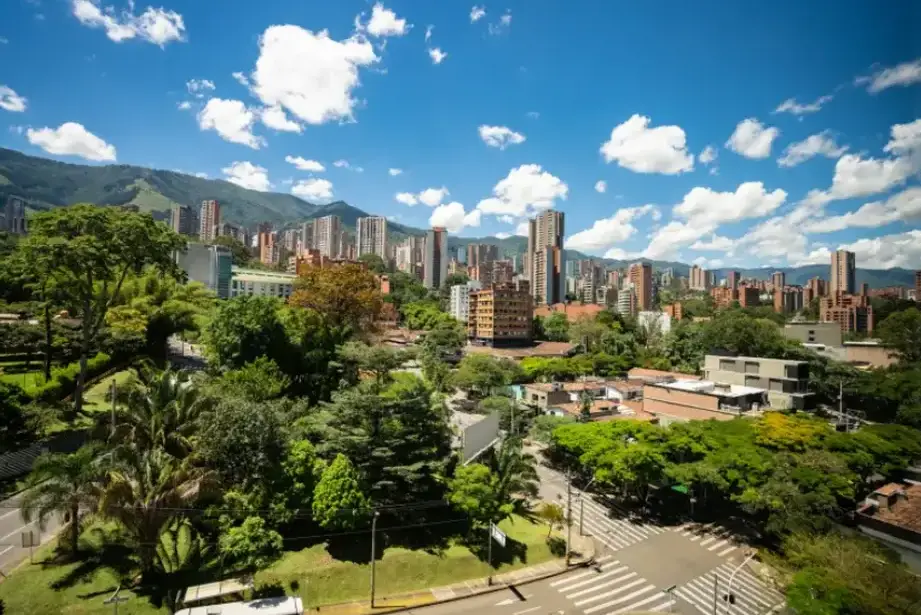
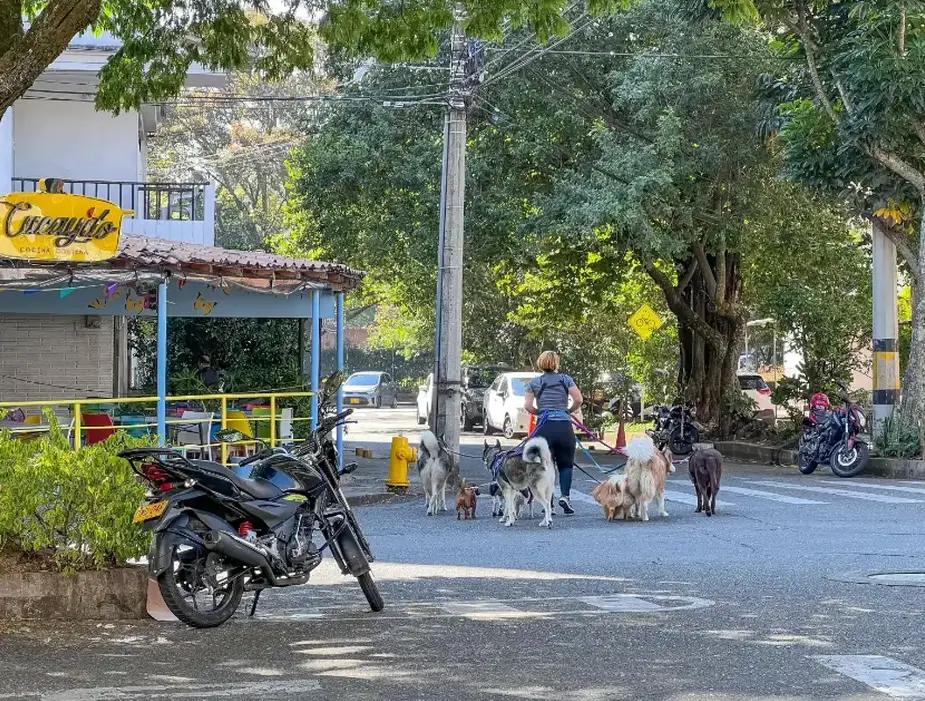
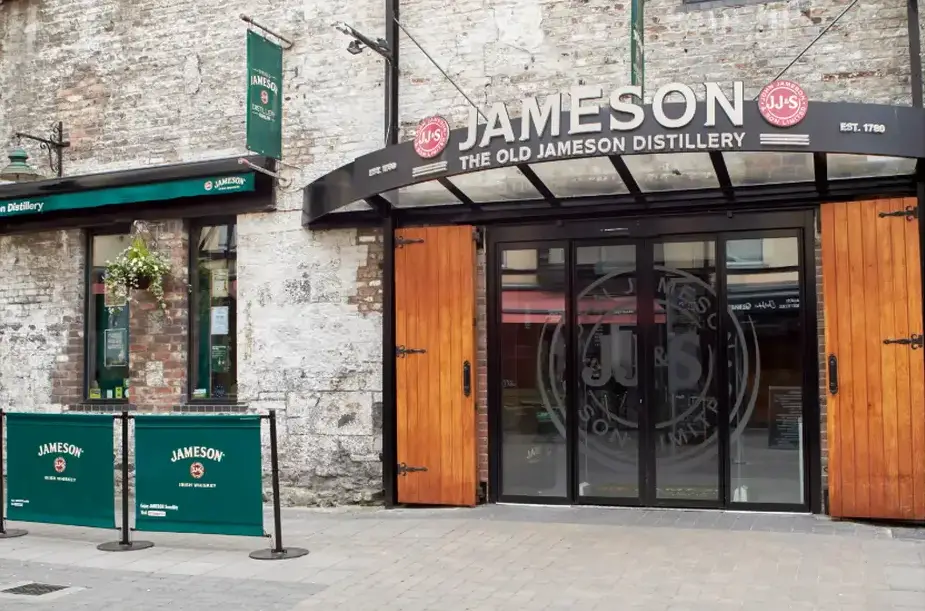
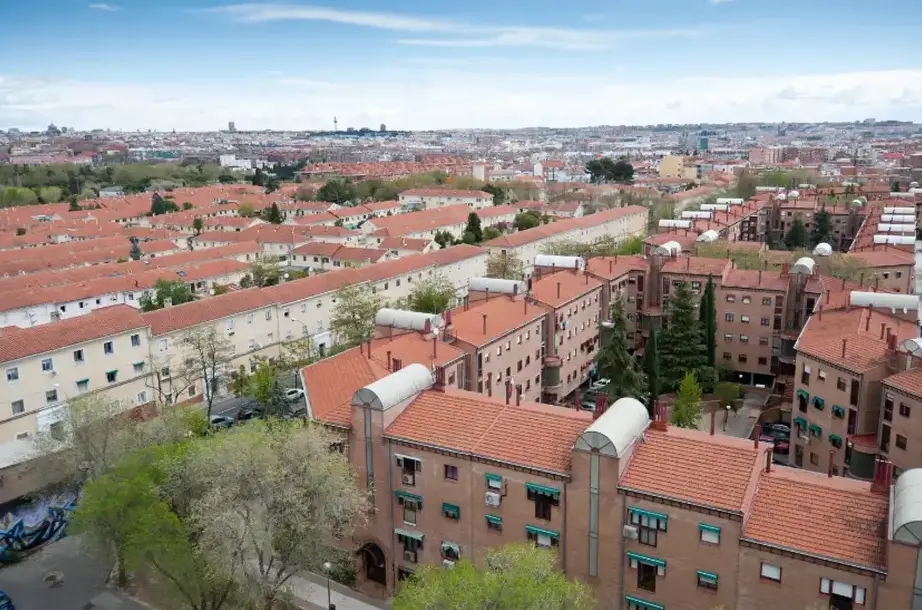
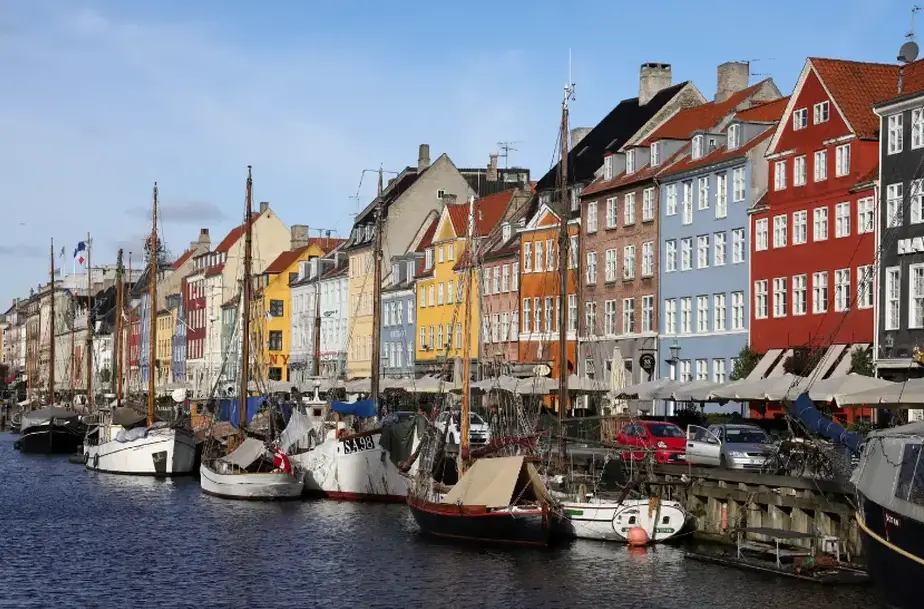
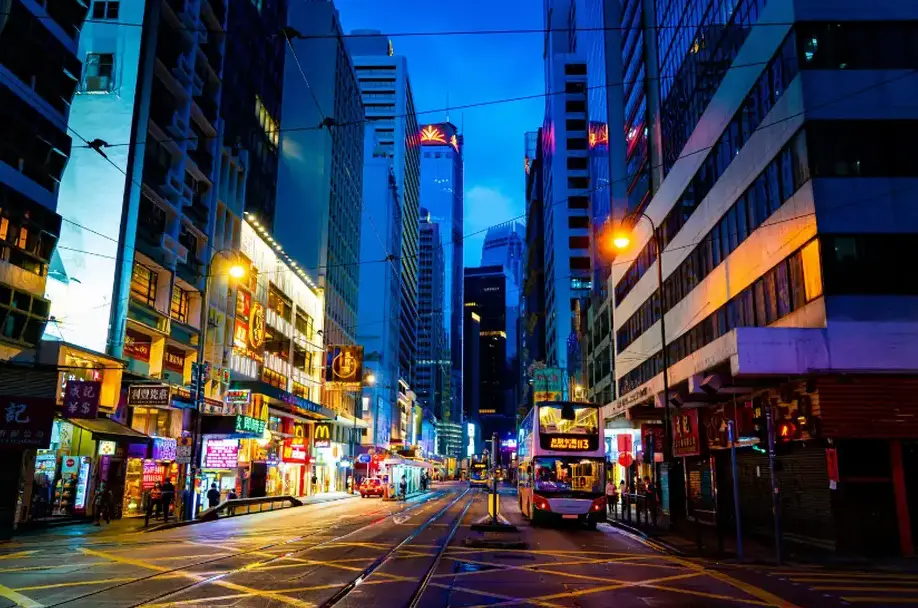
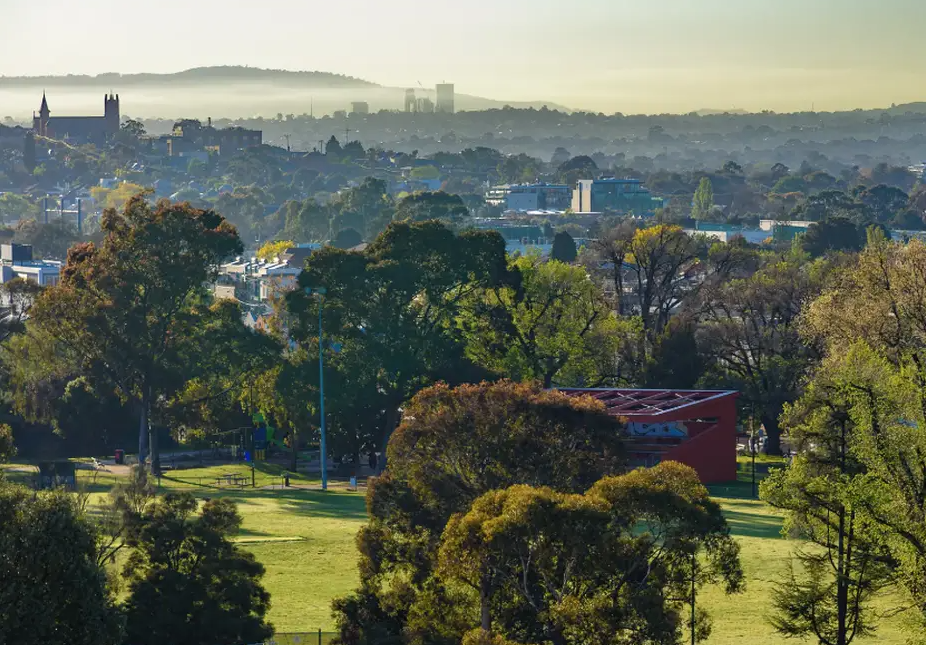
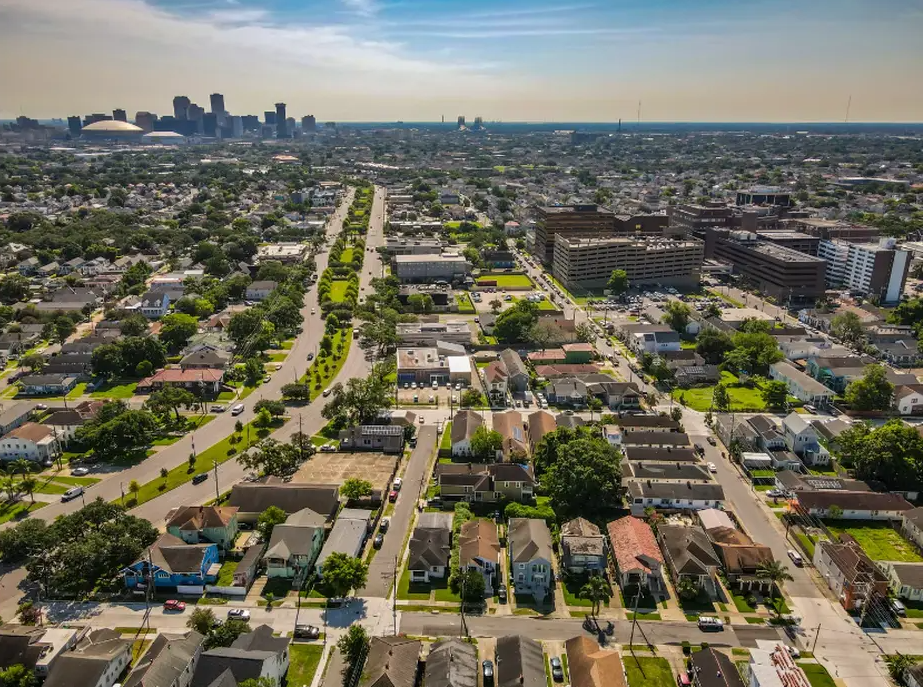
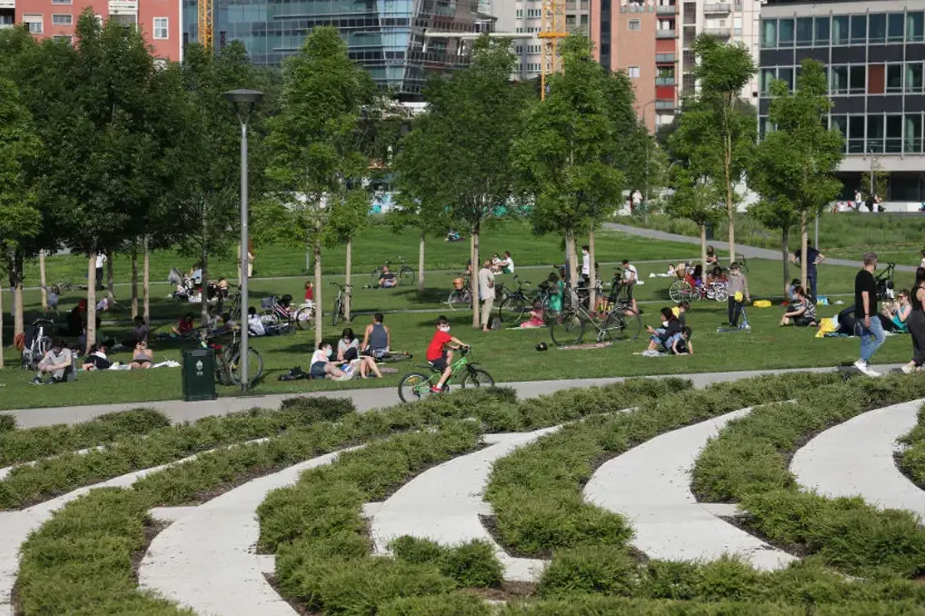

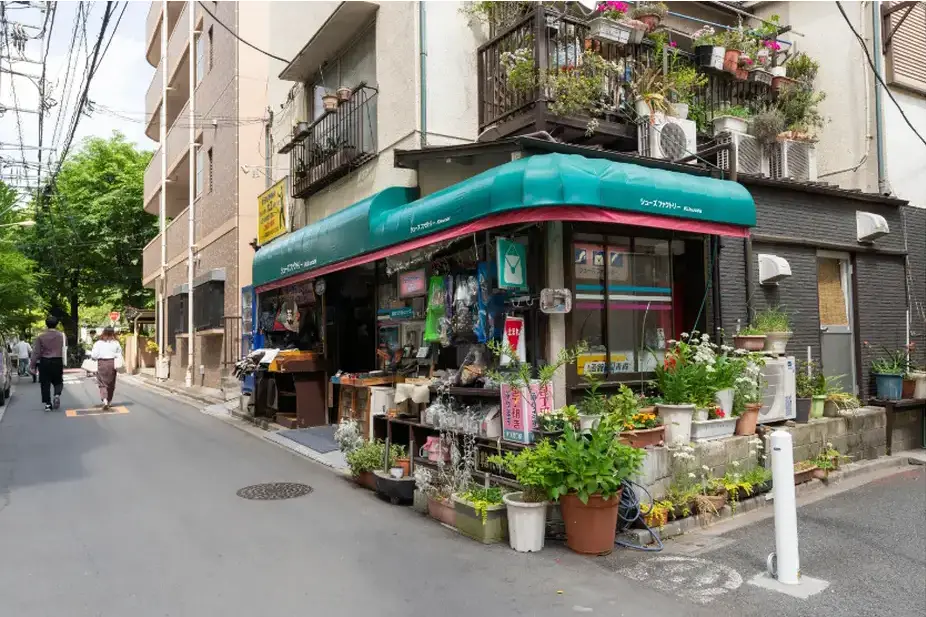

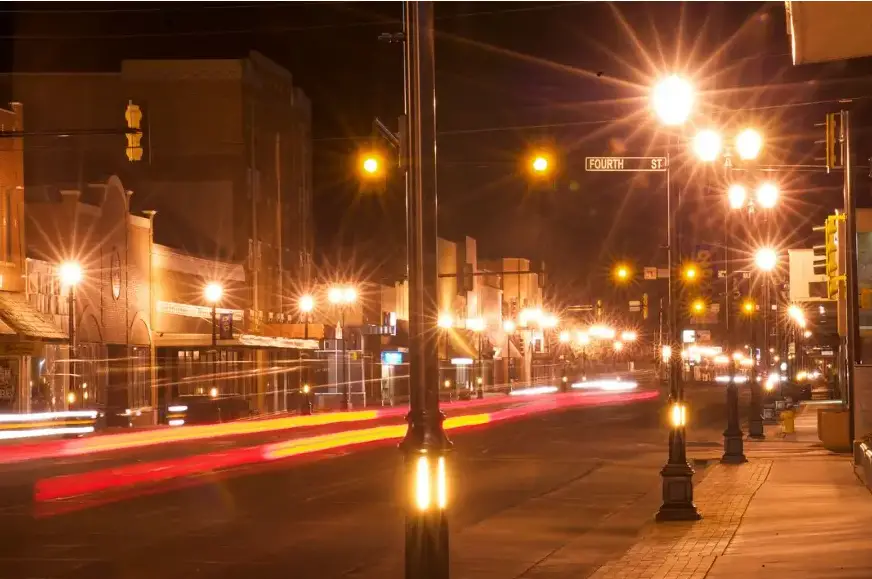
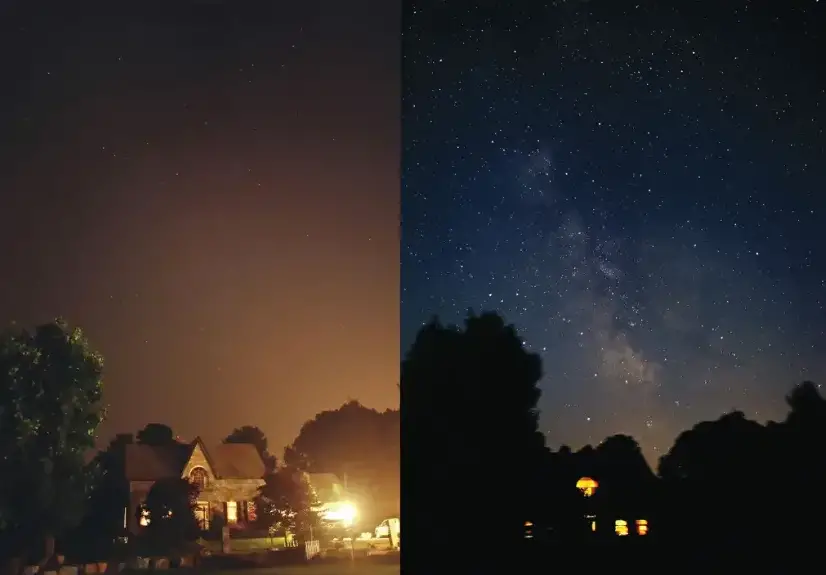
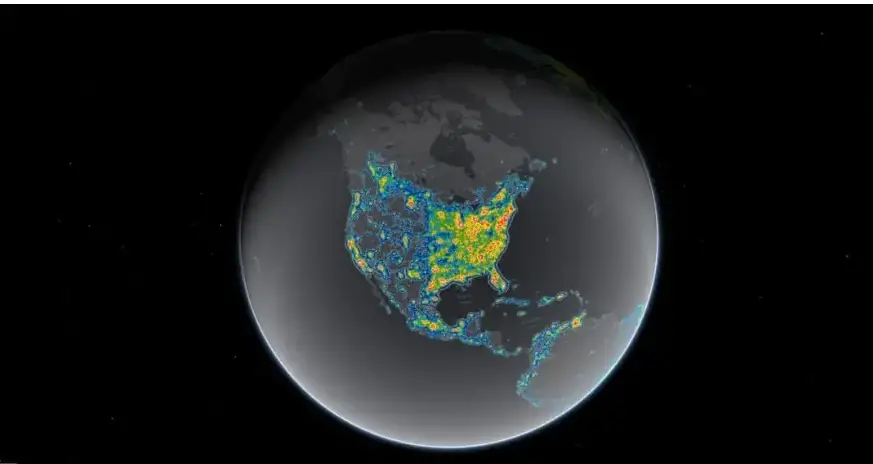
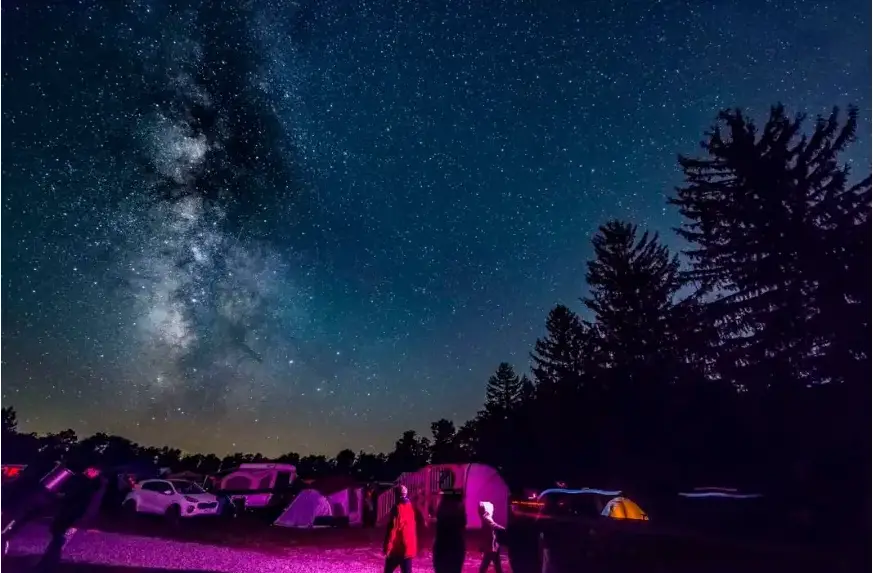
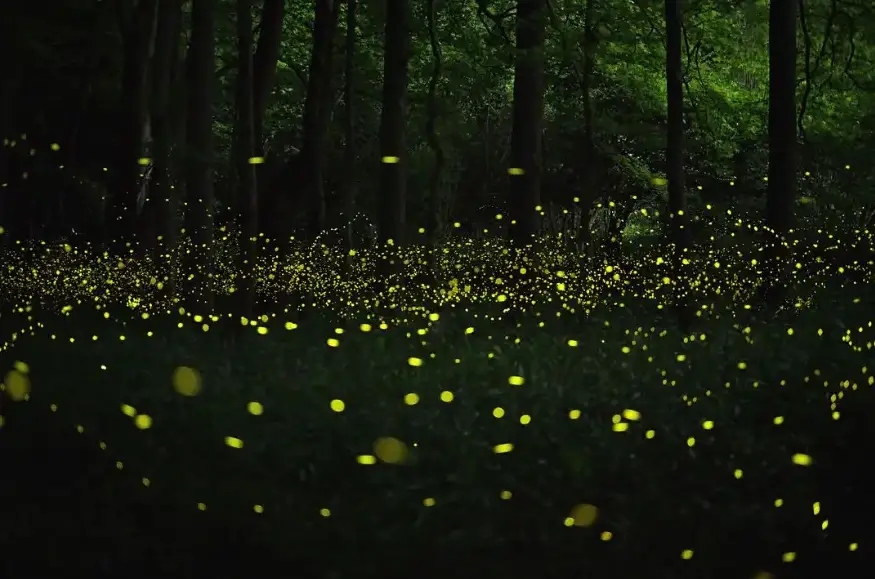

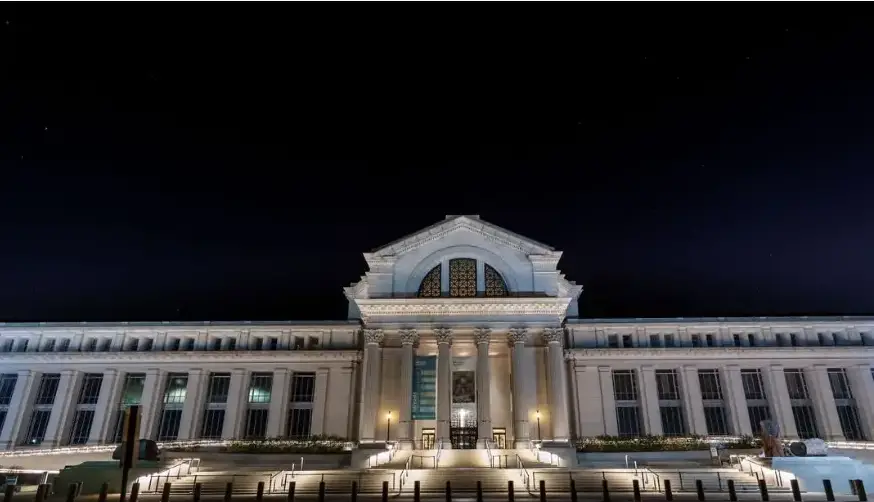




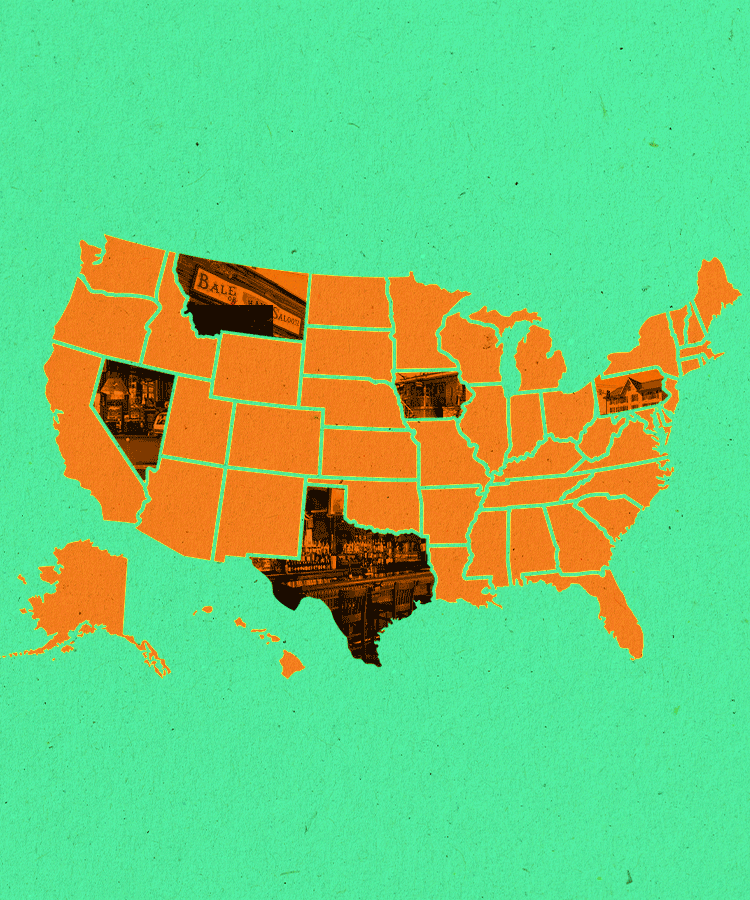

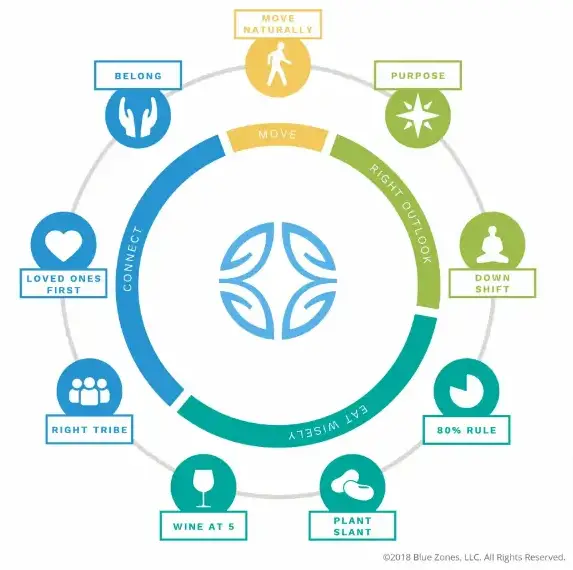
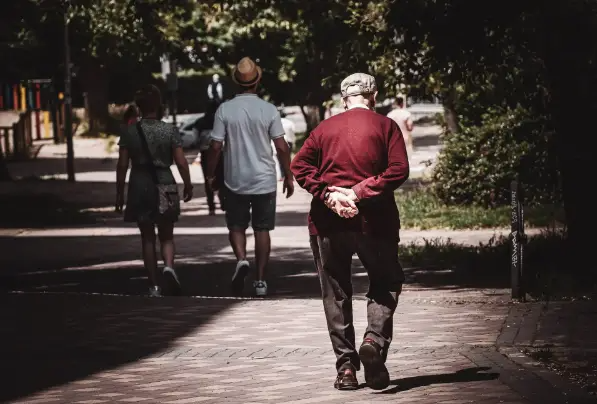
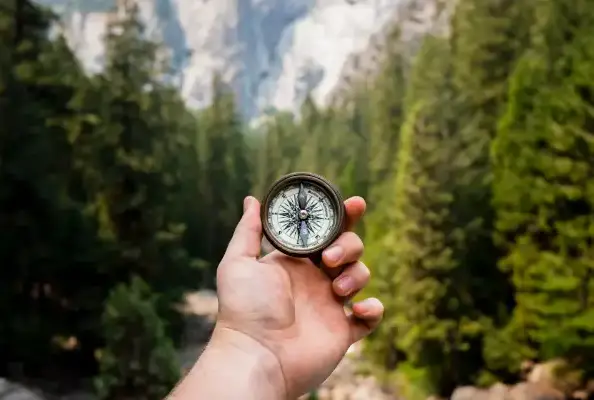






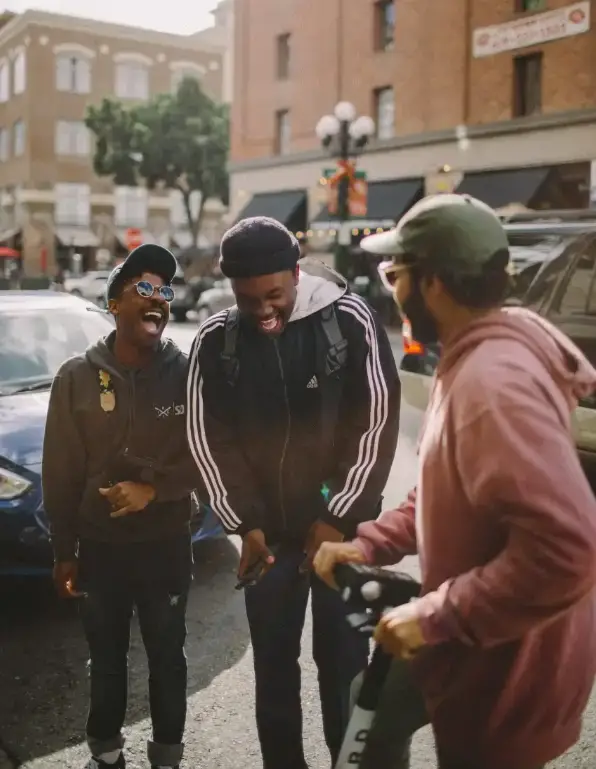

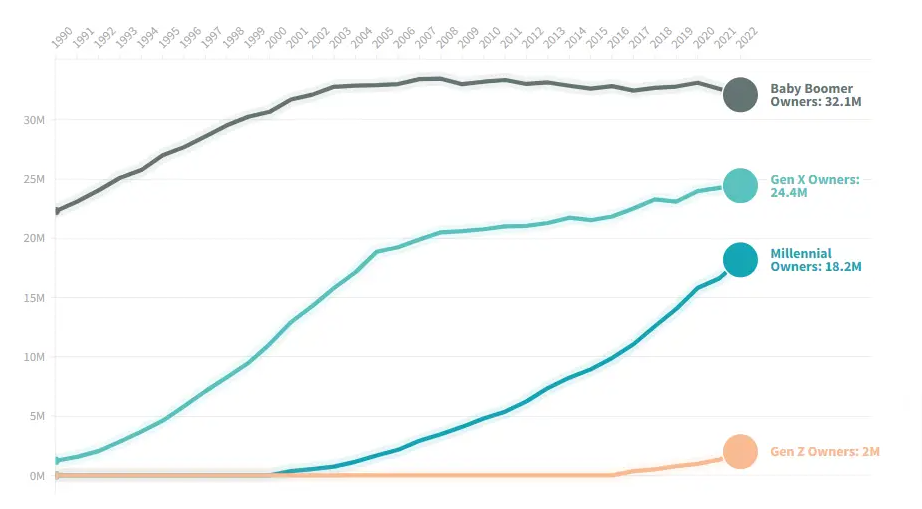
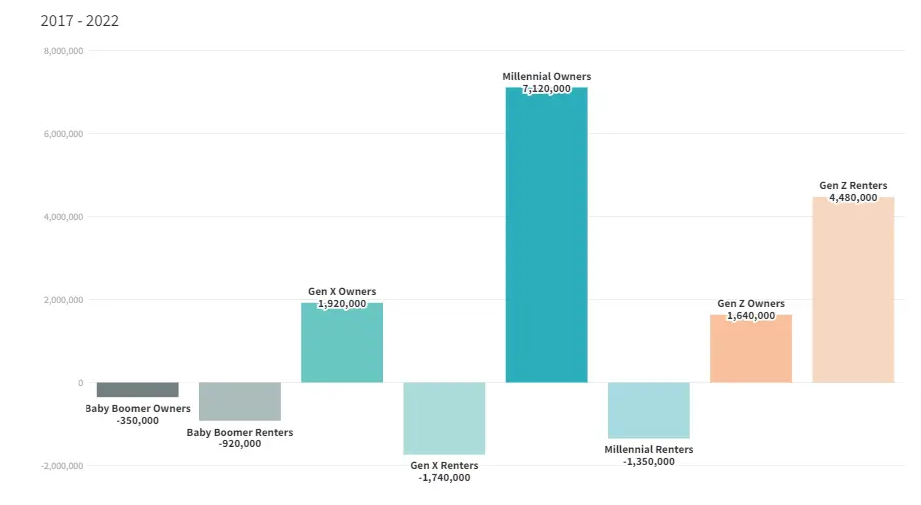

 RSS Feed
RSS Feed






